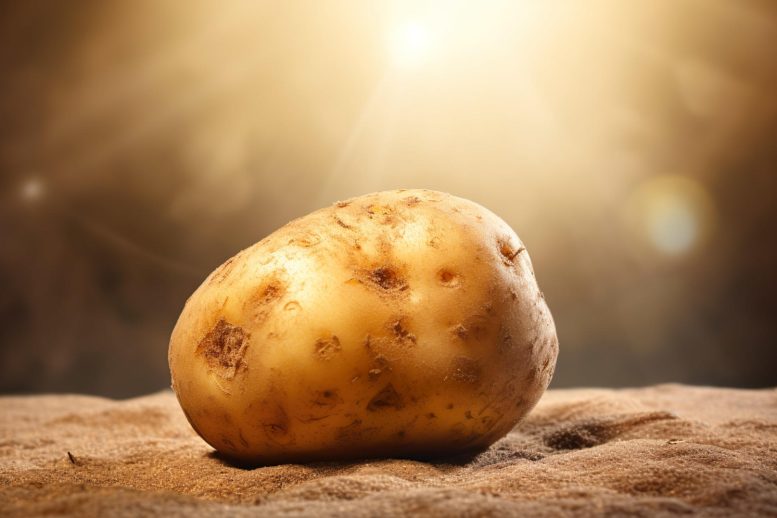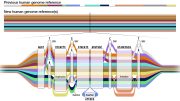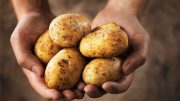
Scientists have created a potato super pangenome to identify traits for more resilient and nutritious potatoes. This extensive genetic database could aid in developing disease-resistant and climate-adaptive potatoes, benefiting global food security.
Researchers have compiled the genome sequences of almost 300 types of potatoes and their wild cousins to create crops that are more nutritious, resistant to diseases, and resilient to weather conditions.
As global warming increasingly threatens the stability of food sources worldwide, researchers from McGill University are exploring methods to enhance both the resilience and nutritional value of potatoes. Led by Professor Martina Strömvik, the team has developed a potato super pangenome to identify genetic characteristics that could pave the way for the next generation of super potatoes.
“Our super pangenome sheds light on the potato’s genetic diversity and what kinds of genetic traits could potentially be bred into our modern-day crop to make it better,” says Professor Strömvik, who collaborated with researchers across Canada, the United States, and Peru. “It represents 60 species and is the most extensive collection of genome sequence data for the potato and its relatives to date,” she adds.
A genome is an organism’s complete set of genetic instructions known as the DNA sequence, while a pangenome aims to capture the complete genetic diversity within a species, and a super pangenome also includes multiple species.
Imagining a disease-free and drought or frost-proof potato
The potato is a staple food source for many people around the world – and it’s one of the most important food crops globally, after rice and wheat in terms of human consumption. “Wild potato species can teach us a lot about what genetic traits are critical in adapting to climate change and extreme weather, enhancing nutritional quality, and improving food security,” says Professor Strömvik.
To build the potato pangenome, the researchers used supercomputers to crunch data from public databanks, including gene banks in Canada, the United States, and Peru.
According to the researchers, the pangenome can be used to answer many questions about the evolution of this important crop that was domesticated by Indigenous peoples in the mountains of southern Peru nearly 10,000 years ago. It could also be used to help identify specific genes to create a super spud using traditional breeding or gene editing technology.
“Scientists hope to develop something that can defend against various forms of diseases and better withstand extreme weather like lots of rain, frost, or a drought,” says Professor Strömvik.
Reference: “Pangenome analyses reveal impact of transposable elements and ploidy on the evolution of potato species” by Ilayda Bozan, Sai Reddy Achakkagari, Noelle L. Anglin, David Ellis, Helen H. Tai and Martina V. Strömvik, 24 July 2023, Proceedings of the National Academy of Sciences.
DOI: 10.1073/pnas.2211117120









Be the first to comment on "The Search for the Super Potato – Scientists Create Potato Super Pangenome"